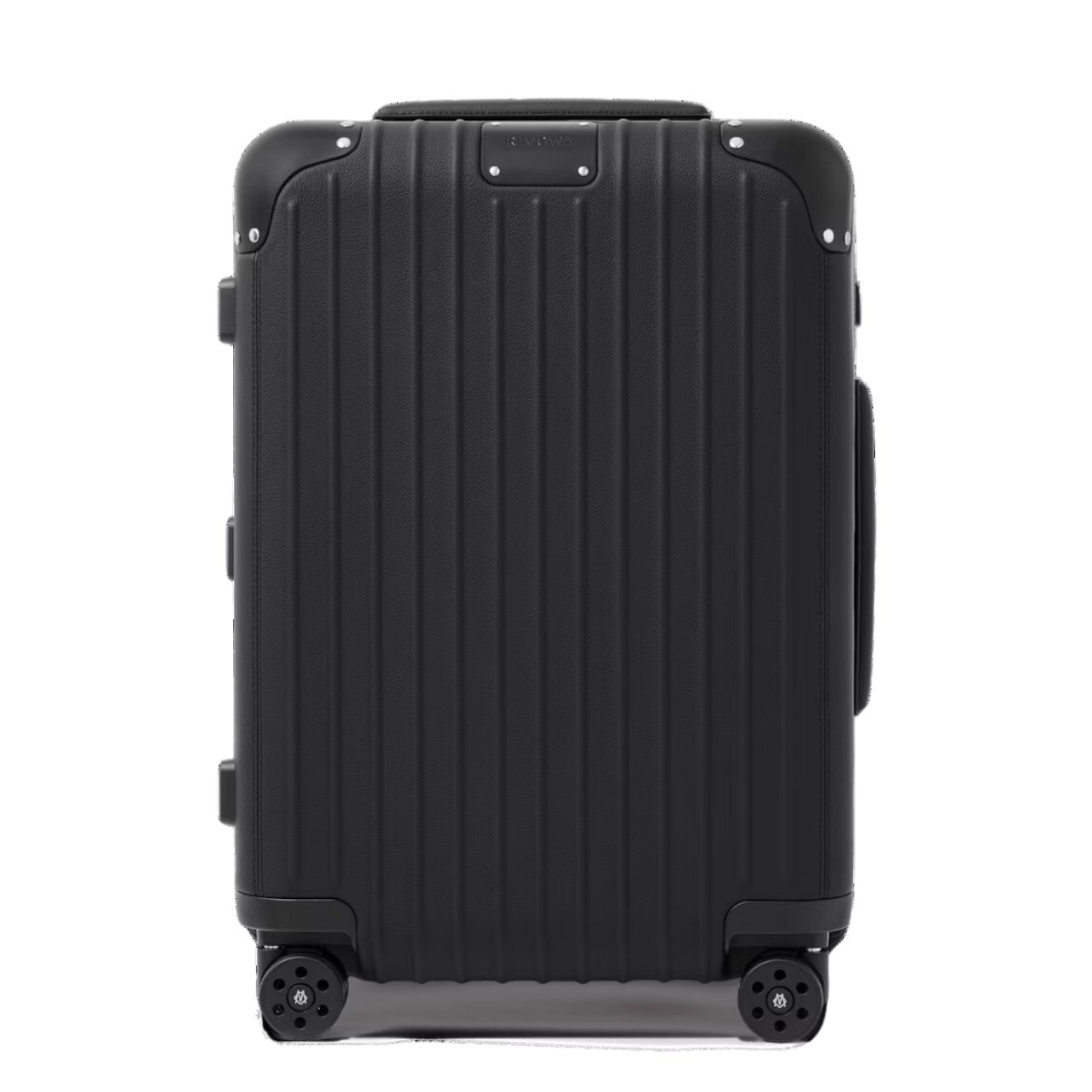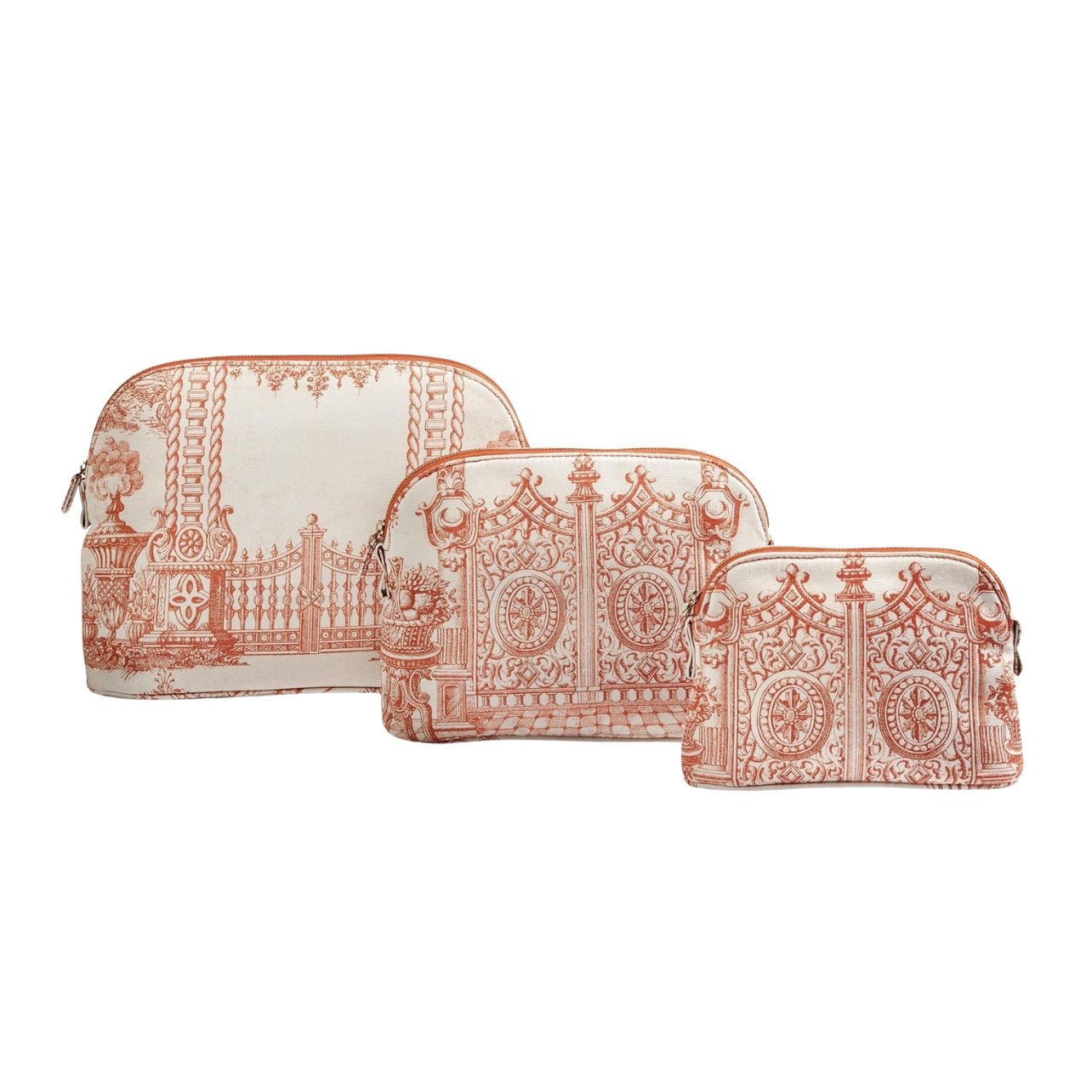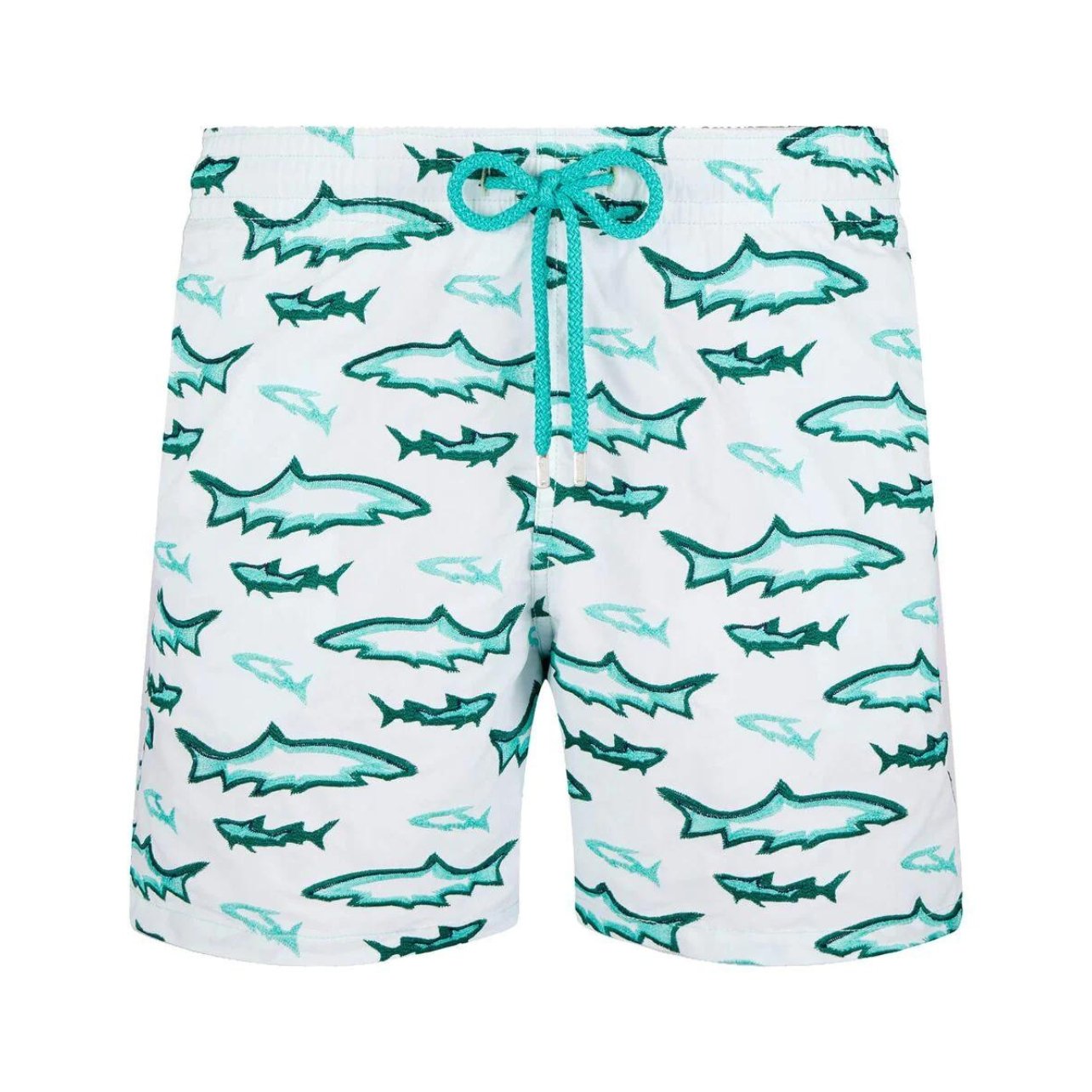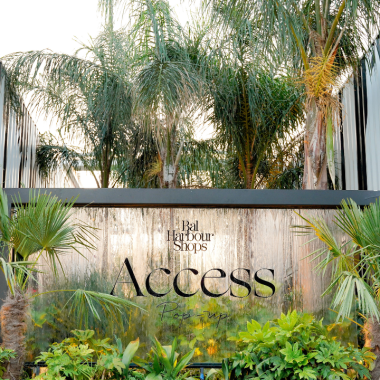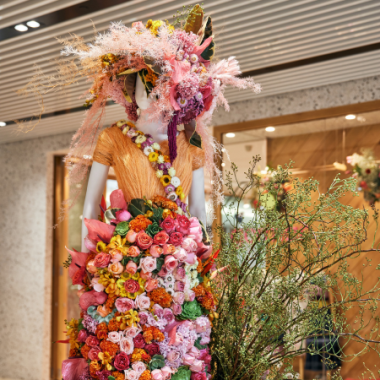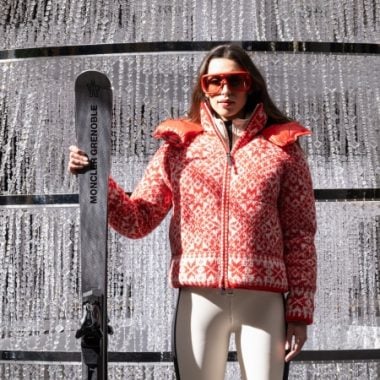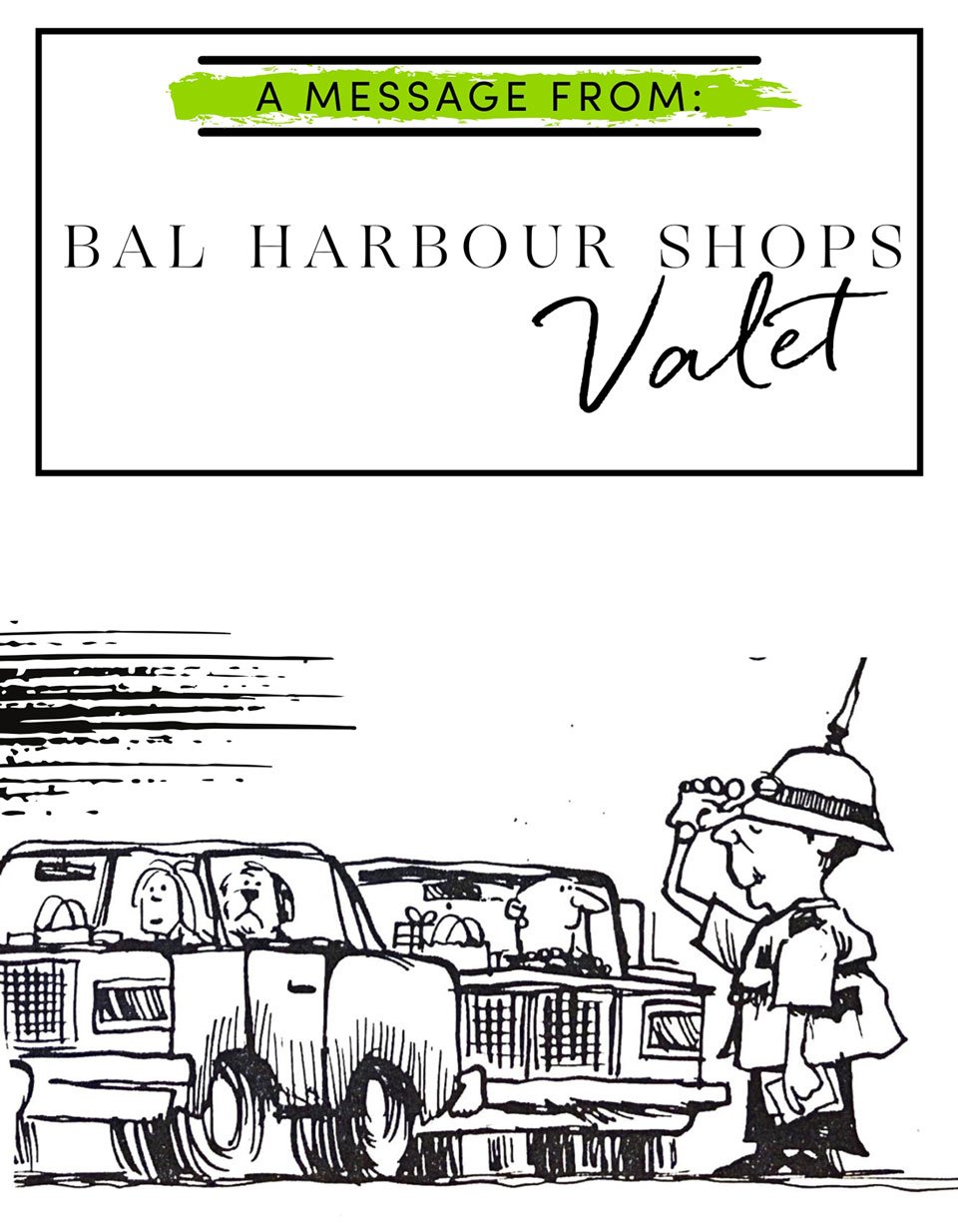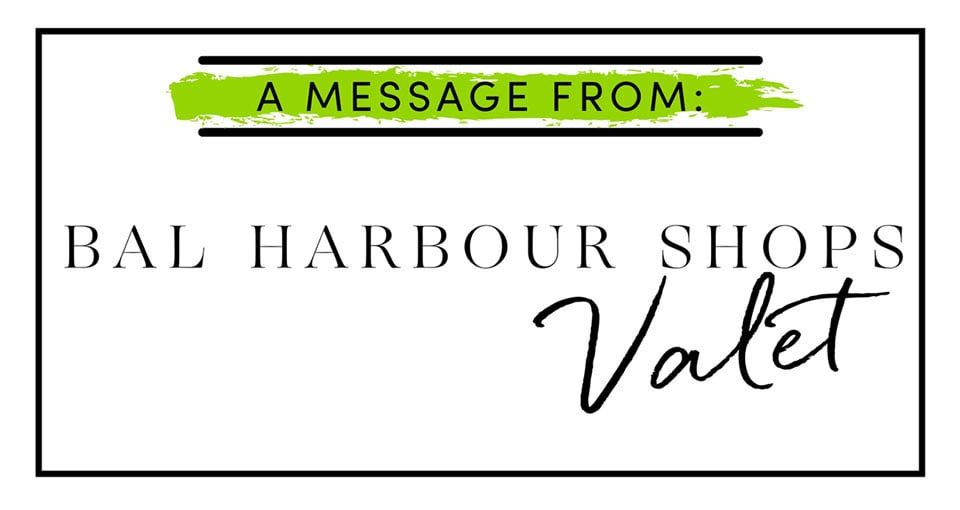By Mark Ellwood
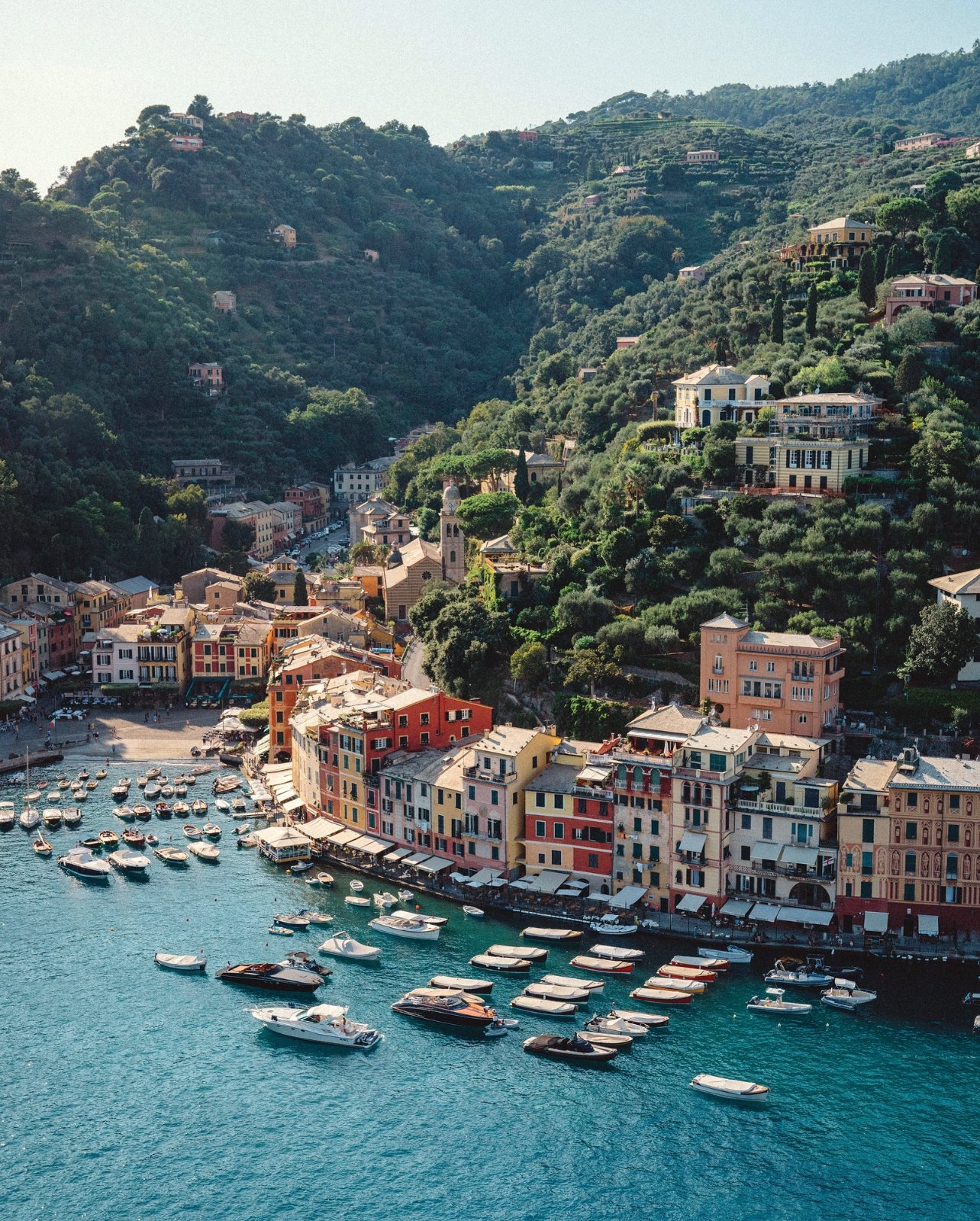
Splendido, in Portofino, Italy, is one of Belmond’s properties currently undergoing renovation
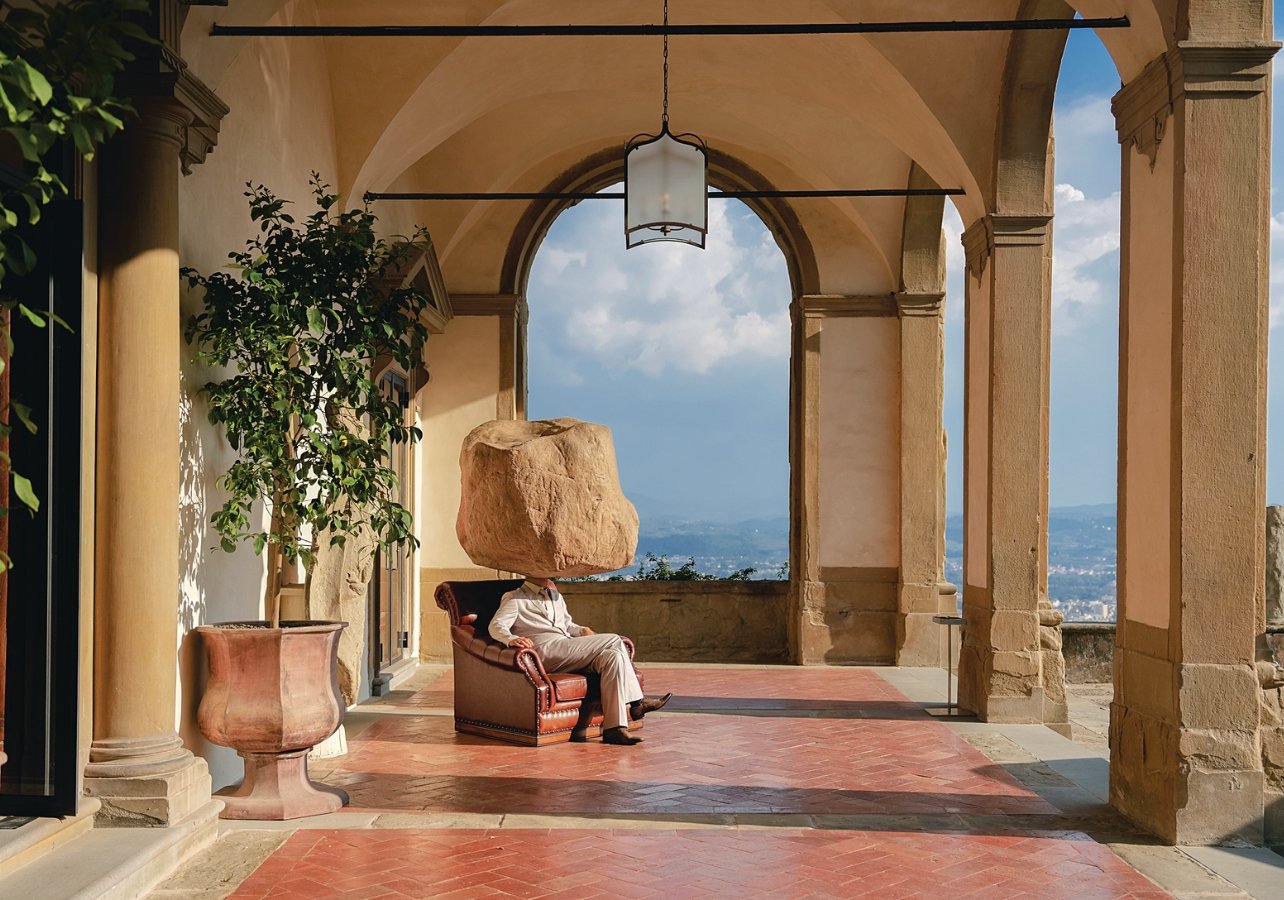
Sun Yuan & Peng Yu,’s Teenager Teenager, 2011, at Villa San Michele in Florence, is part of Mitico’s art installation platform in collaboration with Galleria Continua
Last year during Art Basel Miami Beach, gallerist Patricia Conde staged an unusual show, “Fotografia Maroma,” where she and her co-curator Fariba Farshad spotlit the work of four Mexican photographers—Patricia Lagarde, Javier Hinojosa, Ilán Rabchinskey, and emerging talent Margot Kalach—who’d been tapped to turn their lens on the Riviera Maya. But this was no whimsical folly; rather, it was a hint of what to expect from the five-star hotel Maroma, which had just reopened there after a years-long renovation. The show also set the tone for what to expect from Maroma operator Belmond, four years after the company joined the LVMH portfolio.
Belmond, once known as Orient Express, runs 50 of the world’s most glamorous properties. There are hotels, like George Clooney’s favorite in Venice, the Cipriani–several cocktails on its menu are his recipes–to Anguilla’s Cap Juluca; Belmond also operates a fleet of trains, from the Andean Explorer in Peru to the Venice Simplon in Europe. Though it’s suffused with glamour, by the 2010s, the decades-old company was struggling to stay relevant. Much needed were the deep pockets, and finesse, of LVMH, which spent $3.2 billion to absorb the firm in 2019. It resolved to return Belmond to the top tier of luxury travel.
Five years later, the results of LVMH’s stewardship are finally emerging: Maroma was stripped to the studs and reimagined by London-based interior designer Tara Bernerd, while Splendido, in northern Italy, is undergoing an overhaul from glamour specialist Martin Brudnizki. As for the trains, Orient Express has introduced private, ensuite carriages replete with 24-hour burler service, lounge areas, and in-room dining. Most intriguing, though, is the new positioning for the properties, which treats them as more like a luxury brand or even a magazine than a pricey place to crash.
“We want to be curators, capturing our legendary properties on an artistic journey,” says the brand’s marketing czar Arnaud Champenois of the Belmond Legends program, which invites one photographer (sometimes more) to capture the unique essence of each property. The program is meant to create an archive of dreamy, aspirational imagery. “We want to be a compass for modern culture.” Talents tapped for the series include the quirky, Spanish-born Coco Capitán, best known for her work with Alessandro Michele–era Gucci, who chronicled the Venice-Simplon train—“it was super intense and very poetic,” recalls Champenois of the night he accompanied Capitán onboard—to the French shutterbug Thomas Rousset, who brings a whimsical Alice in Wonderland perspective at Le Manoir aux Quat’Saisons in the English countryside of Oxfordshire.
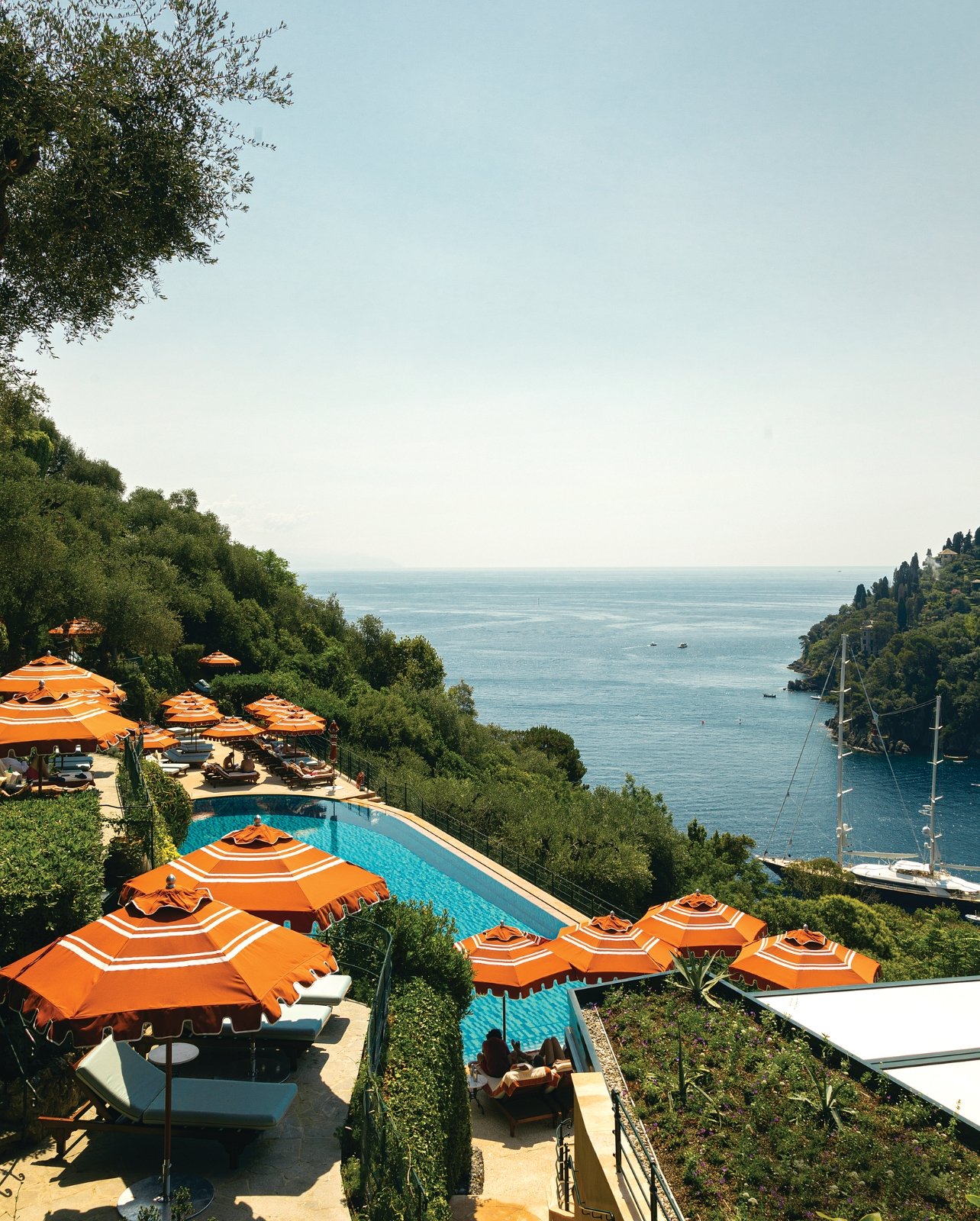
The swimming pool at Splendido has an enviable view of the Portofino coastline
Champenois says that this photographic series is just the start of the brand’s intention to entwine high fashion with contemporary art. Patricia Conde is programming an artist-in-residence series, starting with La Residencia in Mallorca this past summer, where three different talents lived and worked for two months, generating pieces both to sell and to be displayed on the property after their departure. Conde also co-created the Mitico program in partnership with Galleria Continua, which brings art installations to Belmond properties around the world, including Nari Ward’s Stallers, a group of oversize sculptures installed at Tuscany’s Castello di Casole through November. As for the Legends series, the 300-plus images produced by the commissioned artists will eventually be brought together in a group show, likely in New York, and will be accompanied by a comprehensive catalogue. It’s the perfect bookend for Belmond’s new chapter.

